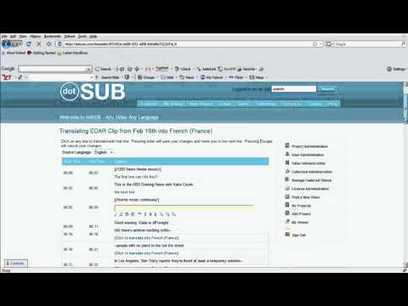I have used VideoANT for a number of things. Here are some ideas to get your started:
Bookmarking sections of the video: I mark the start of the section I would like my students to watch and add the questions in the ‘Content’ section of the annotation. Students then click on the time marker and watch that part of the video. They can then add their responses/answers by clicking on the ‘Respond’ button.
Video slideshows: Students make a screencast of their slide presentation and then share it with other students who can then comment on things. I encourage students to add ‘audience participation’ questions to their presentation so students can add comments using the annotation tool.
Mini lessons: I make a short video lesson and then post it for students to watch and add questions and even writing practice in the annotation.
Group projects: Students in groups watch the video separately, adding their comments so they can then come together in class to discuss their findings.
Transcripts: Some videos on YouTube have transcripts, but many don’t. You can add your own transcripts this way by adding your annotation before the text in the video.
Via Shona Whyte



 Your new post is loading...
Your new post is loading...












Another one to checkout.